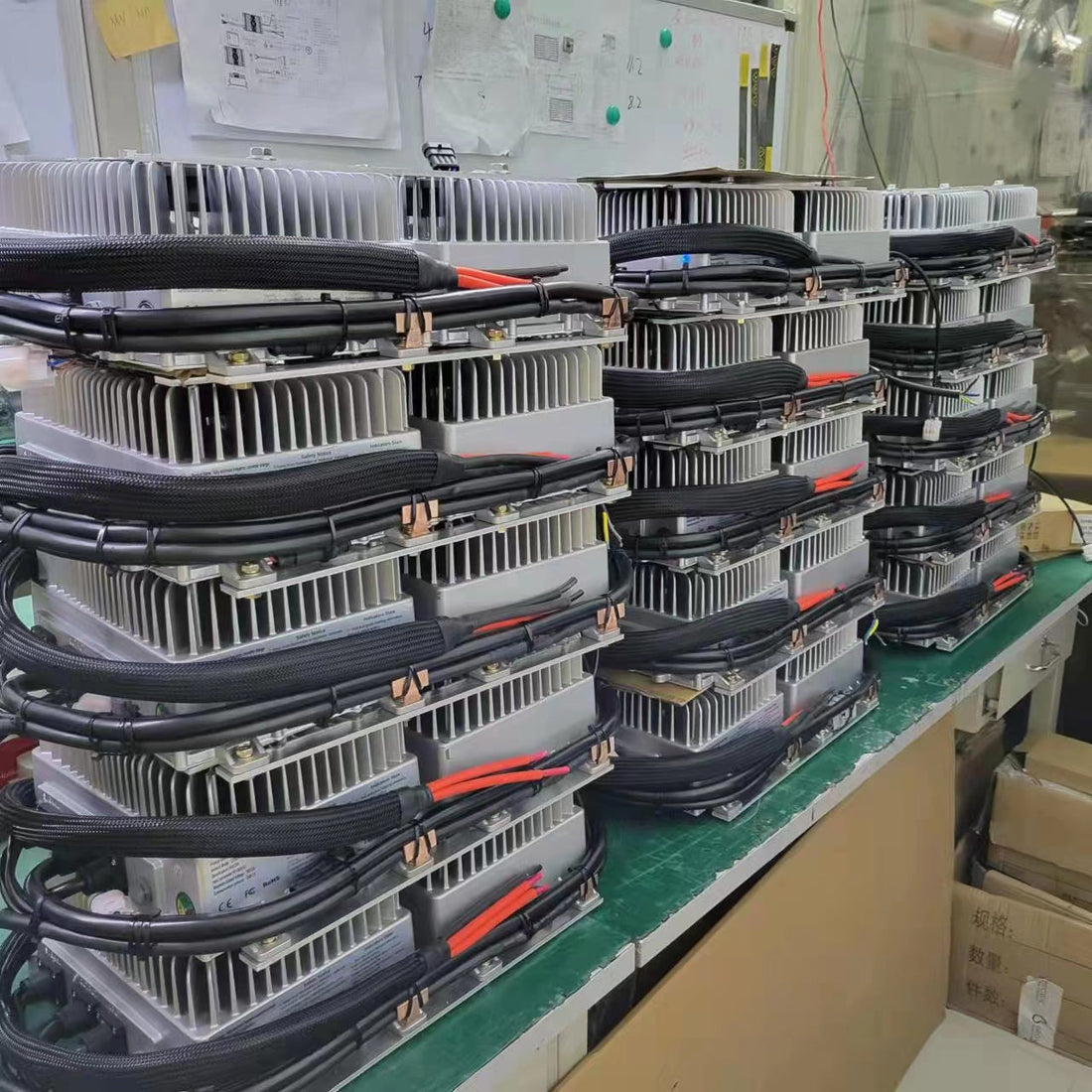Dear Deligreen friend,
As electric vehicles continue to reshape the global automotive landscape, the role of the On-Board Charger (OBC) has become pivotal in
ensuring fast, efficient, and safe battery charging.Today, we’d like to share expert insights into the professional knowledge and
technical advancements behind OBC chargers, tailored specifically for markets in Europe, the USA, and Canada.....
What Is an OBC Charger?
An On-Board Charger (OBC) is a crucial component integrated into EVs and plug-in hybrids.
It converts incoming AC power from a charging station into the DC power that your vehicle’s battery requires.
With power outputs typically ranging from 800W 1.5kw 1.8kw 3.3kw 6.6kw to 22 kw,
modern OBC chargers are engineered for both fast and efficient charging while maintaining safety and high performance.
Technical Overview and Key Components
1. AC-to-DC Conversion and Rectification:
At its core, the OBC uses a full-wave rectifier circuit that transforms the alternating current into direct current.
This process is enhanced by power factor correction (PFC) circuits that ensure energy is used efficiently.
2. Voltage Conversion and Noise Filtering:
To deliver the correct DC voltage to the battery, the system incorporates high-frequency switching converters.
Integrated noise filters and voltage measuring circuits on both the input and output sides help maintain signal integrity and protect sensitive components.
3. DC-DC Conversion and Communication:
A dedicated DC-DC converter supplies stable power to control circuits. Additionally, communication interfaces (often based on CAN protocols)
facilitate real-time monitoring and diagnostics, ensuring compliance with industry standards such as SAE J1772 and IEC 61851.
4. Thermal Management:
Efficient cooling—via air or water-cooled designs—is critical to managing the heat generated during high-power charging,
thereby extending component lifespan and maintaining system reliability.
Industry Standards and Certifications
For markets in the EU, USA, and Canada...., adherence to international standards is essential. Modern OBC chargers are developed in compliance with:
SAE J1772 (for North American applications)
IEC 61851 (widely used in Europe)
ISO26262 (functional safety standards for automotive systems)
These certifications ensure that OBC systems not only meet performance benchmarks but also align with rigorous safety and quality requirements.
Market Trends and Future Outlook
With the rising adoption of EVs globally, the demand for high-density, fast-charging solutions is increasing.
Clients across Europe, the USA, and Canada are seeking compact OBC designs that:
1) Enhance Efficiency: Achieve lower energy losses during the conversion process.
2) Improve Charging Speeds: Reduce downtime with rapid charging capabilities.
3) Ensure Scalability: Adapt to larger battery capacities and evolving EV technologies.
Innovations in semiconductor technology and power electronics are driving the evolution of OBC systems.
As advanced designs emerge, expect to see enhanced integration with smart charging infrastructures and
increased emphasis on user-centric features such as real-time diagnostics and remote updates.
Why This Matters to You ?
Investing in state-of-the-art OBC technology means:
1) Increased Reliability: Your EV solutions will benefit from improved performance and safety.
2) Competitive Edge: Stay ahead in markets with stringent regulatory standards and high customer expectations.
3) Future-Proofing: Embrace innovations that are set to define the next generation of EV charging systems.
We believe that by understanding the technical foundations and market trends driving OBC charger advancements,
you can make more informed decisions for your next projects.
Contact Us Today !!!
For further technical discussions, personalized product demonstrations,
or to explore our range of advanced OBC solutions, please do not hesitate to get in touch.

